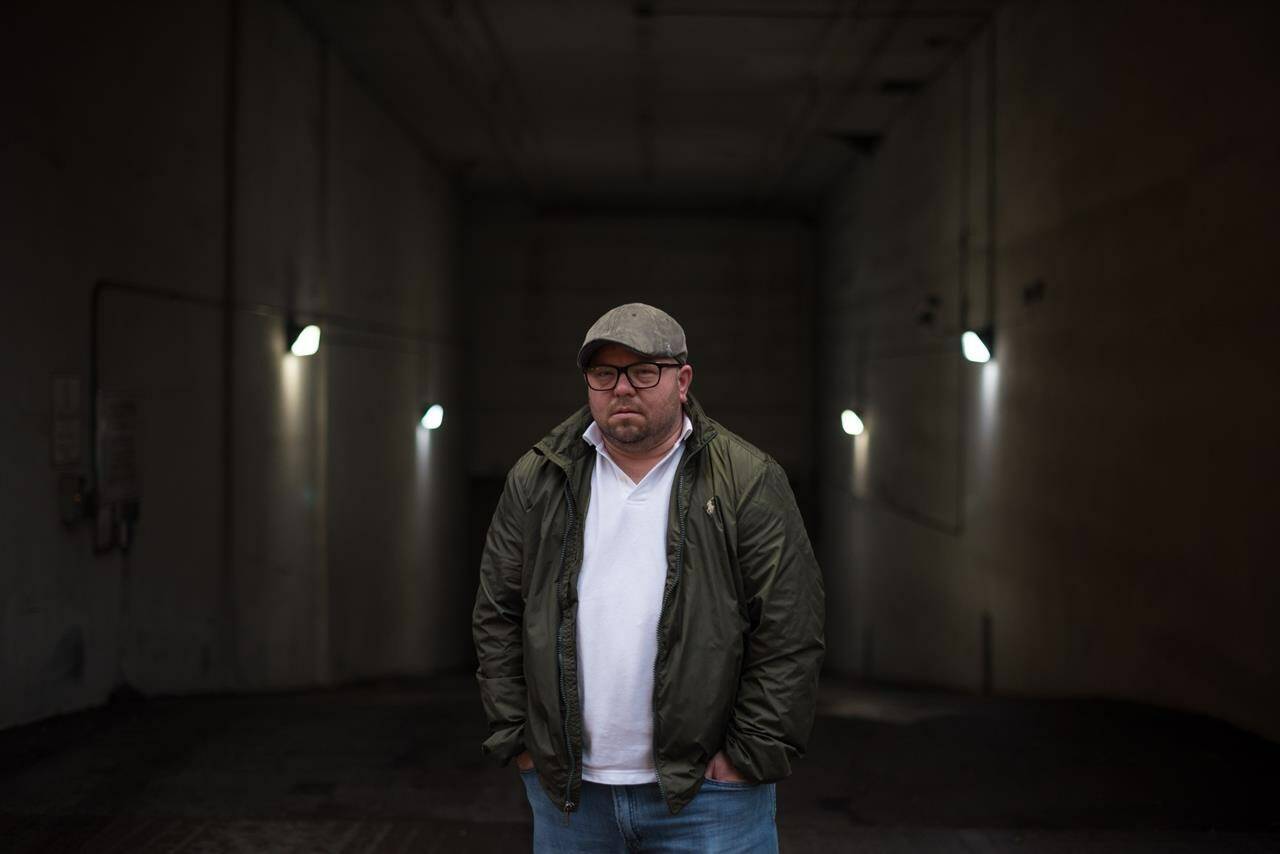Gemma Hickey says when they were in their teens, they went to a faith-based conversion therapy practitioner who had them pray and read literature to try to make them heterosexual.
“When I was vulnerable, I went to see someone, because I thought she could help me. And in the end, it almost resulted in me ending my life,” Hickey said in an interview.
Hickey, who is now in their forties, said that vulnerable young people are still undergoing such treatment, and it is going unreported despite the practice becoming a crime a year ago.
The Justice Department says it is not aware of any charges or prosecutions under the new criminal code offences prohibiting conversion therapy, which came into force on Jan. 7 last year.
Conversion therapy is the practice of attempting to change an individual’s sexual orientation to heterosexual or to change their gender identity to match the sex they were assigned at birth.
Michael Kwag, a director at the Community-Based Research Centre in Toronto, said there was “jubilation” when the law was passed, but more work needs to be done so that it can be actioned on by prosecutors and police.
“Enforcement was always going to be a major issue with a criminalization approach to ending conversion practices,” Kwag said.
He said that historically, LGBTQ communities have had a “fraught relationship” with police services, but the criminal justice system continues to require victims to come forward and make a complaint.
“More education and awareness are needed, so people know where they can make a complaint and have confidence they’re doing so in a secure way,” he said.
Nick Schiavo, founder of No Conversion Canada, said one of the challenges with conversion therapy is that it “always kind of happened in the shadows.”
“Asking survivors to come forward and relive that trauma, or that stigma or that guilt or that shame or whatever they feel, is very, very hard,” he said.
“One of the kind of analogies or comparisons that we use is to sexual assault.”
Schiavo said conversion therapy continues to be pervasive and sometimes victims are hesitant to speak up.
“It’s not until they’re later in life, when they’re older and they understand more about the issue, that they realize what they’ve gone through is, in fact, conversion therapy. Because nobody’s told them. There’s been no education,” he said.
Schiavo said the ban still has a role to play, because it could act as a deterrent to anyone considering offering conversion therapy services.
But he said more needs to be done to support survivors, and there needs to be more education about conversion therapy.
Kwag said the federal government should invest in education and awareness campaigns so people can better identify conversion practices.
“It’s also about funding affirming, community-based supports that are a low barrier for people who have been impacted by conversion practices, as well as people who might be vulnerable to it,” he said. These could be “alternatives” to the practice itself, he added.
Hickey agreed that raising awareness about what conversion therapy is, and who might be vulnerable to it, remains important.
“Just because we’ve worked hard to change laws, doesn’t mean that attitudes and beliefs have changed.”
—David Fraser, The Canadian Press
RELATED: Senate gives speedy passage to bill banning conversion therapy
RELATED: Design for national LGBTQ2+ monument inspired by thundercloud and disco balls

